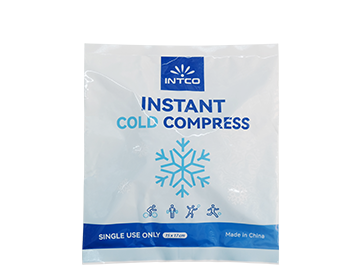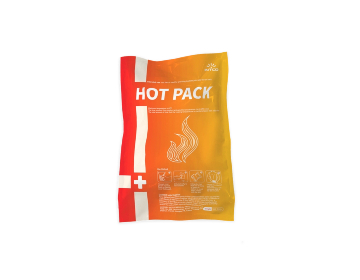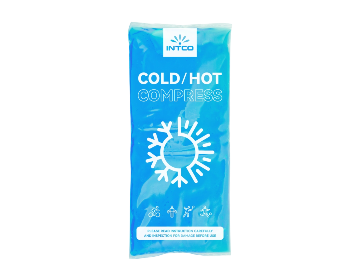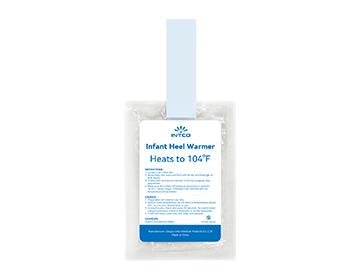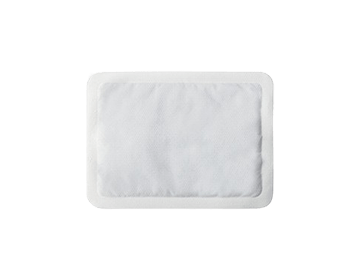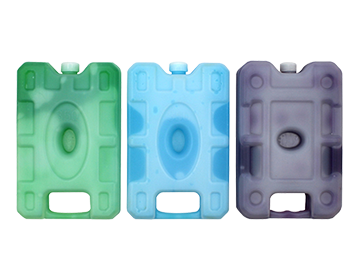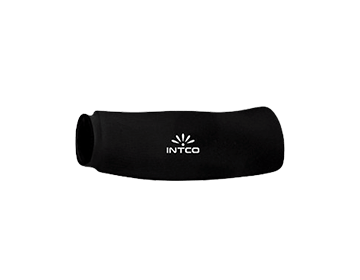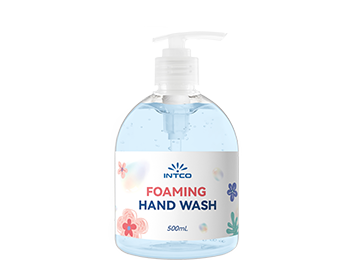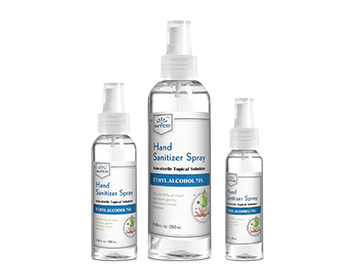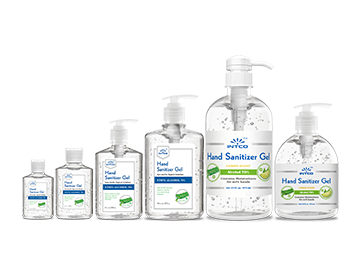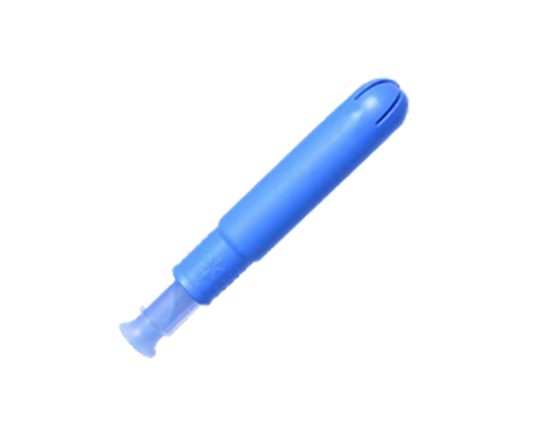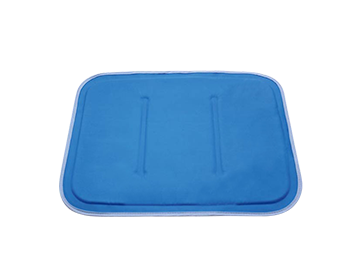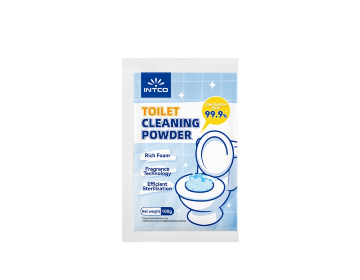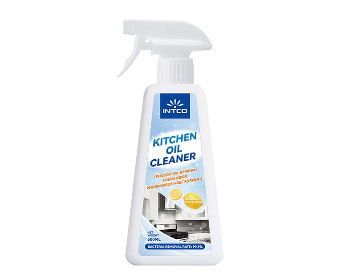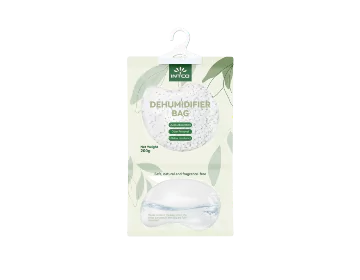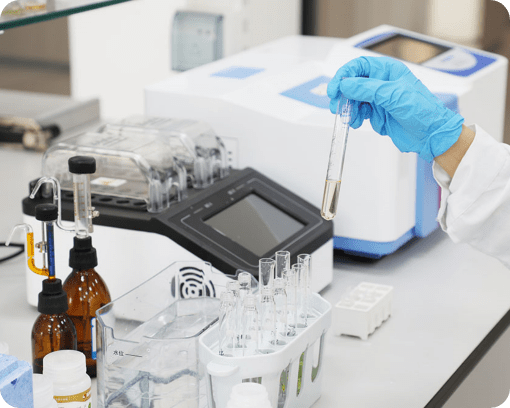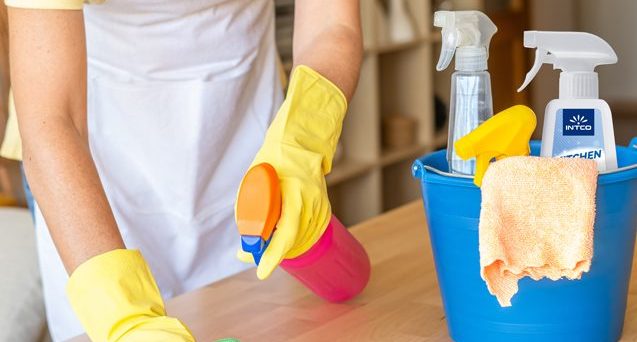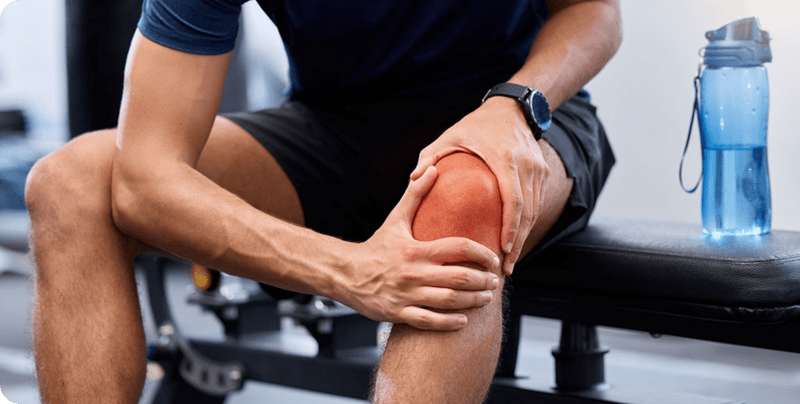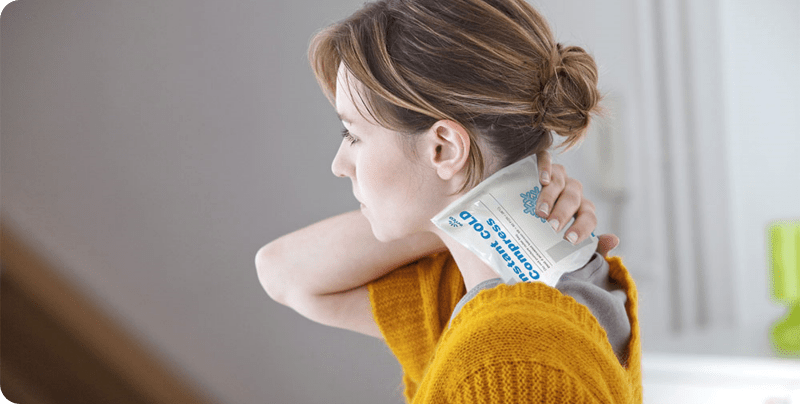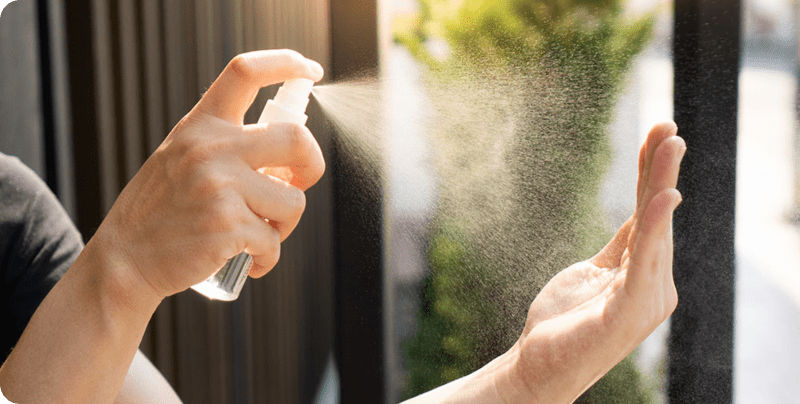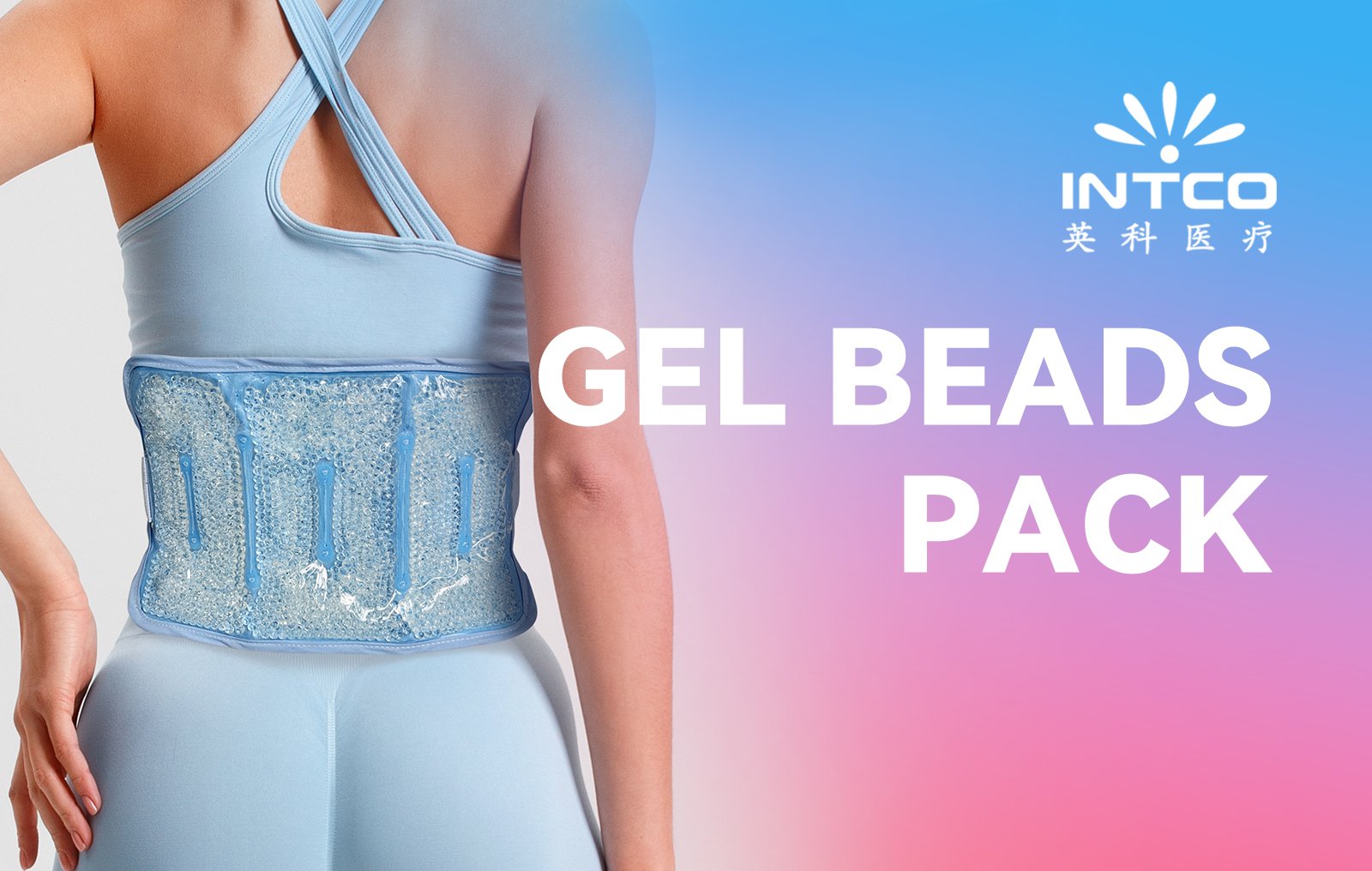Ice Pack with Gel Beads vs. Regular Gel Packs: What’s the Difference?
When it comes to cold therapy, not all ice packs are created equal. Two of the most popular options on the market are gel bead ice packs and regular gel packs. According to Mayo Clinic, cold therapy (cryotherapy) can help reduce inflammation, muscle spasms, and pain after injury or overuse. While they both help relieve pain, reduce swelling, and soothe injuries, they differ significantly in texture, flexibility, cooling duration, and usability.
In this guide, we’ll explore the differences between these two types of cold packs and help you choose the best option for your needs — whether you’re treating joint pain, post-surgery swelling, or everyday injuries.
Understanding the Basics
What Is a Gel Bead Ice Pack?
A gel bead ice pack contains thousands of small, soft gel beads enclosed in a flexible plastic or fabric pouch. These beads stay pliable when frozen and contour easily to the body’s curves.
Key Features:
1. Bead-like texture for flexible application
2.Dual-use: suitable for both hot and cold therapy
3.Retains shape when frozen
4.Often comes with a soft-touch fabric backing
What Is a Regular Gel Pack?
A regular gel pack is filled with a semi-solid gel that turns firmer when frozen but typically remains somewhat flexible. These packs are widely used in sports medicine, physical therapy, and home care.
Key Features:
1.Smooth gel filling with even surface
2.Excellent for cold or hot compress
3.Varies in thickness and size
4.Generally retains cold longer than gel beads
Comparison: Gel Beads vs. Regular Gel Packs
Let’s break down the differences between the two types of packs based on several important factors.
Flexibility and Comfort
Gel Bead Packs:
1.Extremely flexible, even straight from the freezer
2.Great for sensitive areas like the face, wrist, or knees
3.Conforms to bony or irregular surfaces better
Regular Gel Packs:
1.May become stiff when fully frozen
2.Less adaptable to small or curved body parts
3.Best for flat surfaces like back or thighs
👉 If comfort and flexibility are your priorities, especially for facial or joint use, gel bead packs are the winner.
Cold Retention Time
As noted by the Cleveland Clinic, applying a cold pack for 20 minutes can help reduce inflammation by constricting blood vessels and slowing circulation to the affected area.
Gel Bead Packs:
1.Cool down quickly in the freezer
2.Provide shorter cold duration (15–20 mins)
3.Ideal for quick relief or minor injuries
Regular Gel Packs:
1.Take longer to chill, but retain cold longer (20–30+ mins)
2.Better for extended use or larger inflamed areas
👉 For longer cold therapy sessions, regular gel packs offer more sustained cooling power.
Durability and Reusability
Both types are reusable and designed for repeated hot/cold therapy. However:
- High-quality gel packs (like those by INTCO Medical) use heat-sealed seams and puncture-resistant materials
- Gel bead packs may lose some pliability after many uses if not stored properly
👉Choose medical-grade packs from reputable manufacturers to ensure durability.
Ideal Use Cases
|
Condition |
Best Option |
Reason |
|
Headache or Migraine |
Gel Bead Pack |
Gentle, flexible, contours to forehead |
|
Knee Swelling |
Regular Gel Pack |
Better cold retention and coverage |
|
Kids’ Injuries |
Gel Bead Pack |
Soft, safe, and non-toxic |
|
Post-surgery (e.g. shoulder) |
Regular Gel Pack |
Long-lasting cold for inflammation |
|
Arthritis Flare-up |
Either |
Rotate between heat and cold therapy |
Why Not Choose Both?
Many households, clinics, and athletic trainers choose to keep both gel bead and regular gel packs on hand, since they serve different needs. For example:
1.Use gel bead packs for quick relief or acute injuries
2.Use regular gel packs for chronic conditions or post-activity therapy
If you’re unsure which type suits your lifestyle, INTCO Medical offers a wide range of dual-purpose hot & cold compresses, including gel bead packs with soft fabric coverings and large-format gel packs with elastic straps for secure fit.
Tips for Safe Use
The Harvard Health Publishing advises not to apply ice packs directly to the skin and to limit cold therapy to 15–20 minutes to avoid frostbite.
1.Always place a cloth between the skin and the cold pack
2.Limit cold application to 15–20 minutes per session
3.Never apply on broken skin or frostbite
4.Clean the packs with mild soap and water after each use
Try INTCO Medical’s Trusted Cold Therapy Solutions
A review published by WebMD highlights that reusable gel packs are a common component of home-based physical therapy, due to their convenience and adaptability. INTCO Medical offers both gel bead and gel-based cold packs, trusted in hospitals, physical therapy clinics, and homes worldwide. Our products are:
1.Durable and reusable
2.Safe for sensitive skin
3.Customizable for private label/OEM supply
👉 Explore our reusable cold compresses and bring safe, effective relief to your patients or family today.
FAQs
Which type of ice pack stays cold longer?
A: Regular gel packs generally stay cold longer than gel bead packs, making them better for extended use. The National Institutes of Health (NIH) also confirms that both ice and heat packs can be effective for pain relief, with cold being better for acute injuries and swelling.
Are gel bead ice packs safe for kids?
A: Yes, gel bead packs are soft, flexible, and often made with non-toxic materials—ideal for children’s bumps and bruises.
Can both types be used for hot therapy?
A: Most gel packs and gel bead packs are dual-purpose. Always check the label to confirm they’re microwave-safe.
Which is more flexible when frozen?
A: Gel bead packs stay more flexible and conform better to curved body areas like knees or shoulders.
Mayo Clinic – “R.I.C.E. Therapy”,https://www.mayoclinic.org/diseases-conditions/muscle-cramp/diagnosis-treatment/drc-20350825
Cleveland Clinic – “When to Use Ice vs. Heat for Pain”,https://health.clevelandclinic.org/ice-vs-heat
Harvard Health Blog – “Hot and Cold Therapy: When to Use Each”,https://www.health.harvard.edu/newsletter_article/cold-comfort
NIH MedlinePlus – “Cold vs. Heat Therapy”,https://medlineplus.gov/ency/patientinstructions/000795.htm
WebMD – “Pain Relief: Heat and Cold Therapy”,https://www.verywellhealth.com/contrast-bath-in-physical-therapy-2696628

